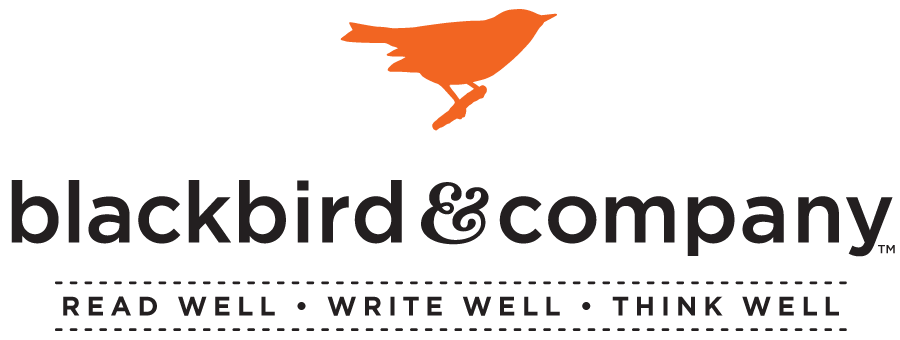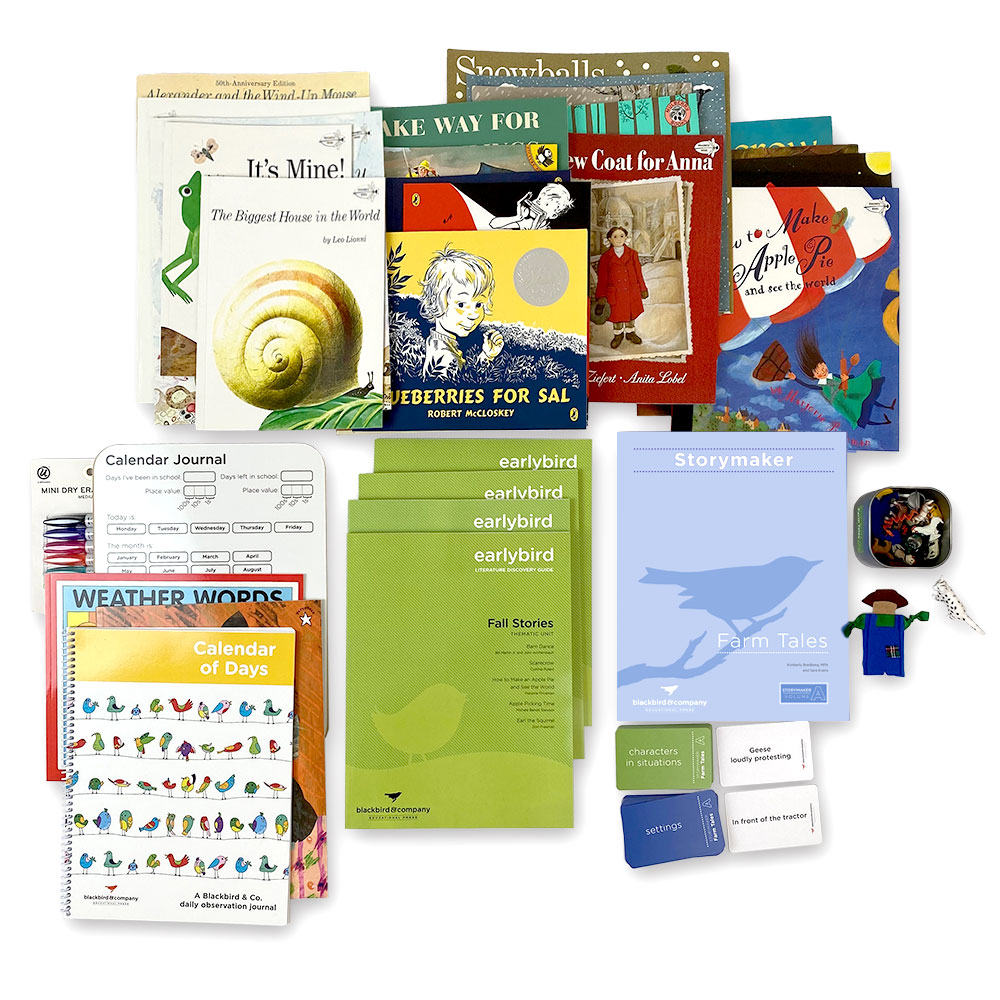The potential of the letter is expansive. Its form is deftly suited for all occasions.
Letters bridge.
Letters are common ground.
Letters are a gift.
But our slapdash digitalized pace has fashioned handcrafted letters out of style.
Let’s face it. Letters are a gift we scarcely know how to handle.
As a writing mentor I’m at odds with the pervasive mechanistic approach to writing that cultivates dread and squelches the writer’s voice.
The work of writing is first and foremost an art form. I want my apprentices to marvel at the potential of language to transcend communication.
Words, crafted well, echo in the heart.
I am always seeking new ways to engage young writers with the finer of art of crafting words, making every effort to inspire through writing meaningful exercises. My goal is to cultivate curiosity and motivate young writers to engage in the complex process of writing that will produce something that echoes their heart. When young writers are empowered that their ideas are meaningful, they raise an authentic voice. Grammar and mechanics are secondary to voice.
I’ve come to discover in my own process as a writer and, after twenty years of mentoring, that writers who value their voice will not only focus on the difficult work of unpacking the rules of writing—grammar and mechanics—but will also integrate and apply that work.
Might the art of letter writing be revived?
This said and the Thanksgiving season upon us, I’m giving my writing apprentices a gift that I want to share with you, a gift in the form of a challenge:
This week, craft a letter of Thanksgiving. This week give words.
Here are some tips that will help your writing apprentices get started:
1. Riff on another writer’s work.
To begin the Thanksgiving letter, encourage writers to begin by listing some facts about Thanksgiving. Next, read Abe Lincoln’s 1863 Thanksgiving Proclamation. Think about these words being written in the midst of Civil War. How are these words relevant in 21st Century America? Now have them read Lincoln’s first sentence closely. Instruct writers to use Lincoln’s quote at the start of the letter and to do the work of translating the sentence, “I think Abe Lincoln meant ___________.” Finally, challenge the writers to use the phrases “blessings of the fruitful fields” and “healthful skies” to create a personal metaphor of thanksgiving. What might they represent in the apprentice’s world? Riffing on the work of a master mentor such as Abe Lincoln promotes specificity of language, here, the fruit will take the form of gratitude.
“The year that is drawing towards its close has been filled with the blessings of fruitful fields and healthful skies.” – Abe Lincoln
2. Utilize parallel writing.
Begin with an interesting quote:
“I would rather sit on a pumpkin, and have it all to myself, than be crowded on a velvet cushion.” – Henry David Thoreau
Find a pattern and craft a sentence of your own your own:
I would rather _________________________ than _________________.
I would rather consider the diversity in a pile of freshly raked fall leaves than wander aimlessly in a grumble of boredom.
3. Make your letter beautiful.
Writing is a process that begins with an idea.
Ideas must be forged to words on a page.
Never skip steps.
Rough drafts matter!
But once your drafting is done, once every word is as it should be, then (and only then) dive into the work of making your words shine on the page. Writing is gift and a gift is never wrapped until it is complete.
Once upon a time writers were apprenticed in the art of handwriting, were compelled to practice the basic shapes and orientation of letterforms. Once, writers were required to master a script, establish a hand—slant and flourish—one that was both legible and lovely. Now, there is not much value placed on this work.
Must the art of handwriting become yet another artisanal extracurricular? Engaging in the process of beautifying forces the young writer slow down to focus on words and phrases in a way that typing can’t, promotes the self-edit to a whole new level. I ask my apprentices often, “Isn’t a handwritten document more precious than a computer generated one?”
– Kim


